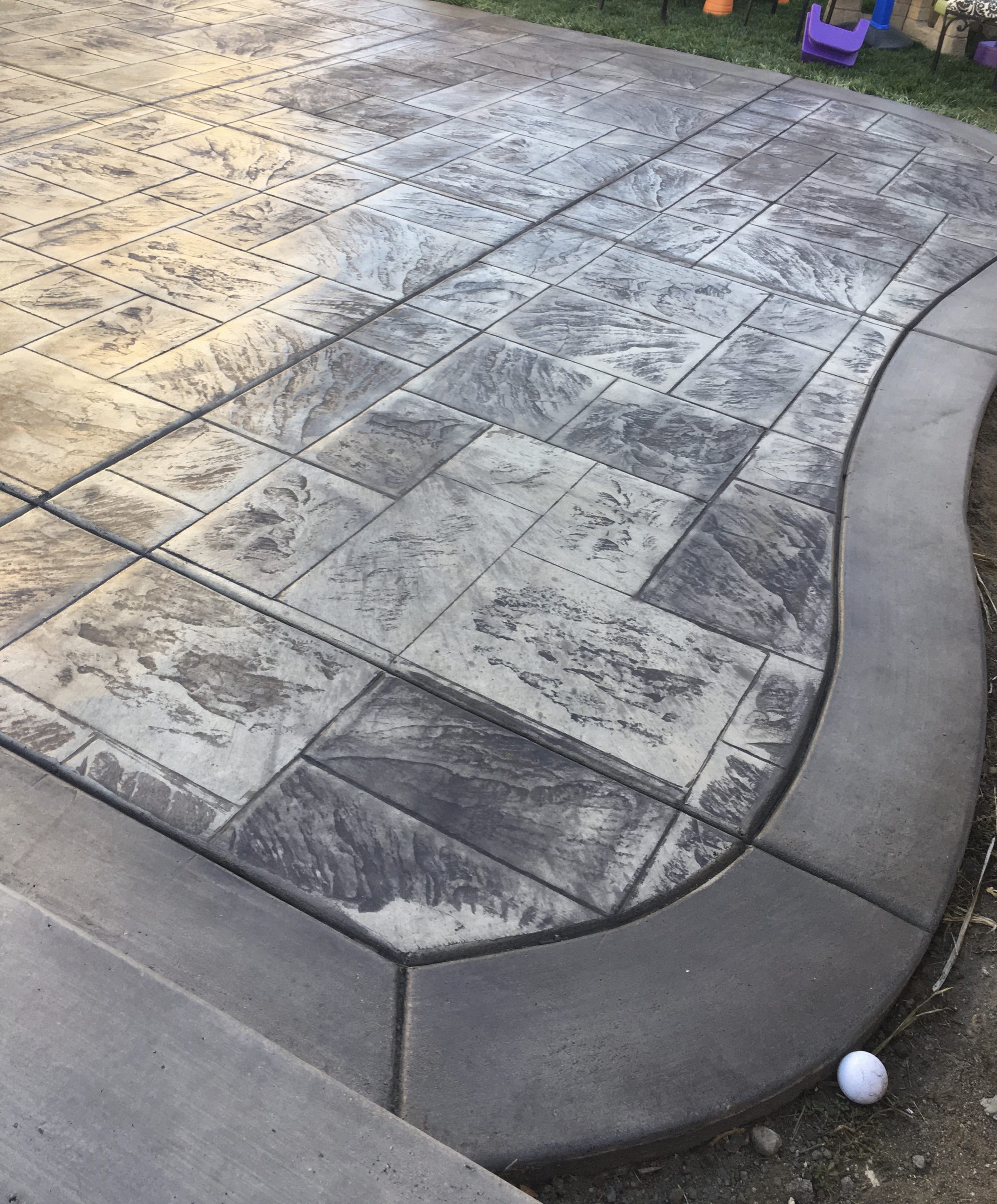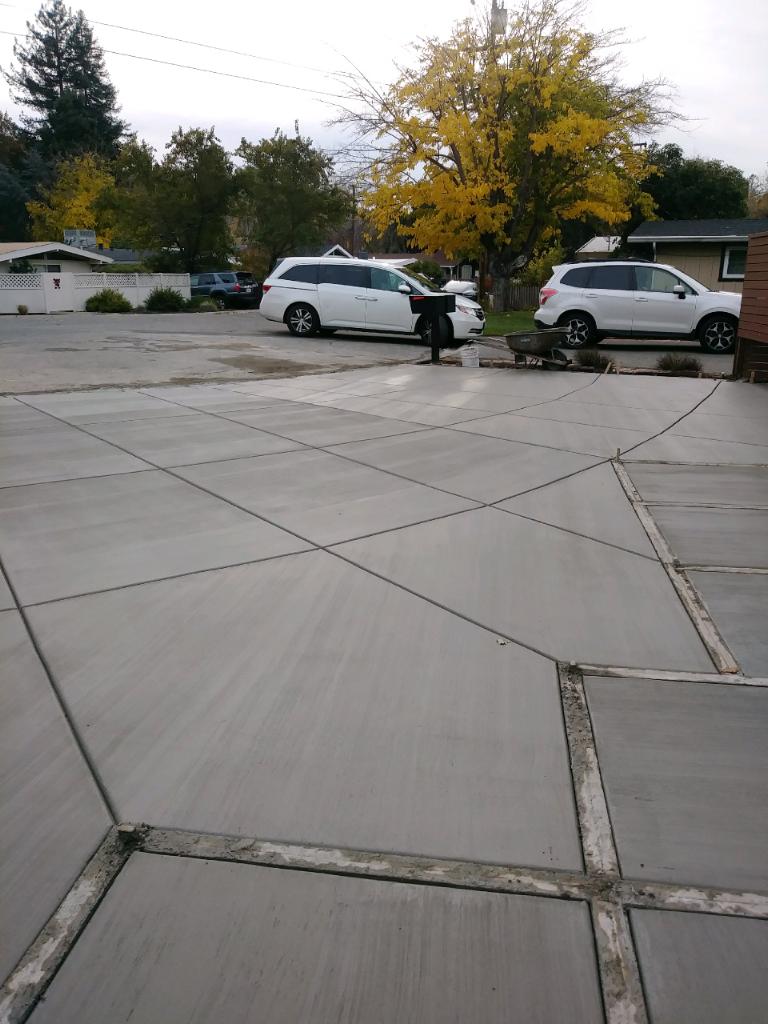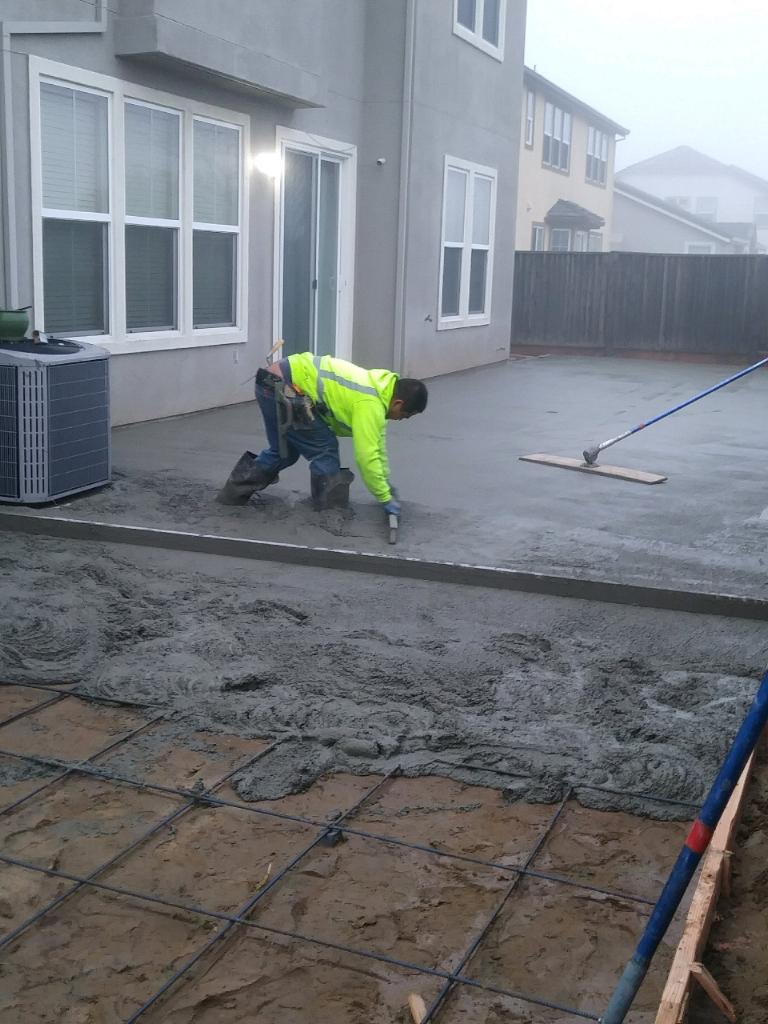All About Stamped Concrete
Stamped concrete is patterned and/or textured or embossed concrete to imitate brick, slate, flagstone, stone, tile, wood, and other designs and textures. For patios, sidewalks, driveways, pool decks, and interior walls, stamped concrete is widely used. Stamped concrete’s ability to mimic other building materials makes stamped concrete a less costly alternative to using other traditional materials like stone, slate or brick.
For stamped concrete, there are three procedures that distinguish it from other concrete procedures; applying a base color, adding an accent color, and stamping a pattern into the concrete. Such three methods provide a similar color and form to the natural building material for stamped concrete. It’s also longer-lasting than paved stone, and it still looks like it.
Adding Base Color
The primary color used in stamped concrete is the base color. To reflect the color of the natural building material, the base color is selected. Through applying a color hardener to the concrete, the base color is formed. Color hardener is a pigment used in the concrete dyeing process.
One of two methods can be used to add the paint hardener; integral color or cast-on pigment. Integral paint is the process in which the base color is used for the entire volume of concrete. When applying the color hardener to the concrete truck, the whole volume of concrete is colored, causing all the concrete in the truck to be colored. Cast-on color is the procedure in which the base color is colored on the concrete surface. The concrete surface is colored by spreading the hardener on the wet concrete surface and floating the substance into the liquid concrete’s top layer.
There are many ways in which concrete can be colored; paint hardener, essential liquid or powder, acid stains to name a few. The method of integrally coloring the concrete provides the advantage of coloring the entire volume; however, as with the use of paint hardener, the strength of the surface is not improved. Dry shake color hardener is another popular way to color concrete. You broadcast the hardener on the concrete as soon as it is floated for the first time. After letting the bleed water soak into the hardener you float and trowel it in. This method only covers the surface about 3/16 of an inch but it gives the concrete surface a longer wear life.
Adding Accent Color
The color of the accent is the secondary color used in concrete stamped. The secondary color is used in the stamped concrete to create texture and to show additional building materials (e.g. grout). By applying color release to the concrete, the accent color is produced. Color release has two functions-1) it is a dye used to color the concrete and 2) it is a non-adhesive to keep concrete stamps from sticking to the concrete.
The color release can be applied in one of two procedures based on the two forms in which it is produced: powdered (cast-on color release consisting of calcium-releasing powders repelling water); or liquid-a light aromatic-based solvent, spray-on color release. Cast-on color release is a procedure where the release of the powder color is applied by spreading the color release on the concrete surface before stamping the concrete. Spray-on color release is a procedure where, before the concrete is stamped, liquid color release is sprayed on the bottom of the concrete stamp.



Need a Stamped Concrete Driveway, Patio or Deck?
Successful concrete projects require careful planning and thorough preparation. Spaulding Concrete reviews the site and designs to ensure that the concrete and base structure follows the criteria for the planned use and that the layout and finishes are suitable for the project. The qualified concrete experts at Spaulding Concrete will be on schedule, on budget and meet or exceed standards by careful planning, professional execution, and strict quality control. To schedule your free quote, call or email us today! We are proud to serve Orinda, Lafayette, Moraga, Pleasant Hill, Concord, Martinez, Pittsburg, Antioch, Brentwood and the surrounding areas.
This page is brought to you by website designer in San Francisco Magnified Media.
